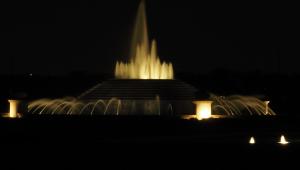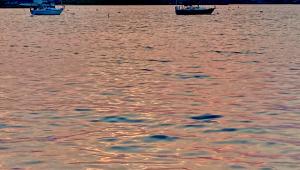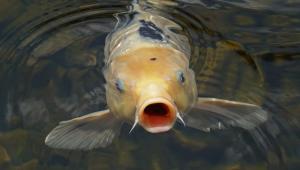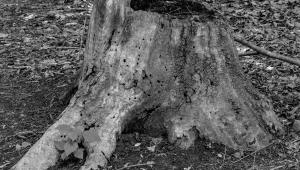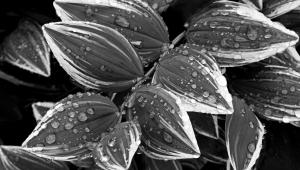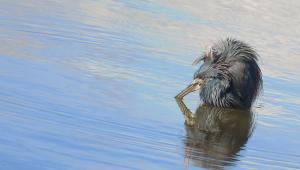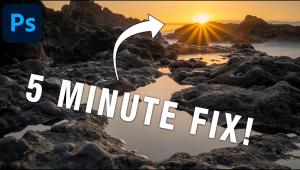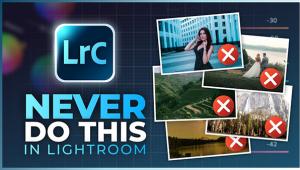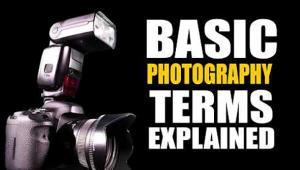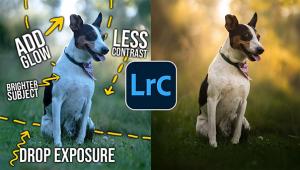Help!
Here Is A Quick Tip List On Letters
For The HELP! Desk:
Please confine yourself to only one question per letter. Both postal letters
and e-mails are fine, although we prefer e-mail as the most efficient form of
communication. Send your e-mail queries to editorial@shutterbug.com
with Help in the subject header and your return e-mail address at the end of
your message. Although we make every effort, we cannot promise to answer every
HELP! letter.
When sending a response or suggestion that refers to a published letter please
include the month and page of the original question.
All postal letters to HELP! must be accompanied by a stamped, self-addressed
envelope to be considered for reply. We will respond to e-mail queries with
an e-mail.
Mystery Lens Revealed
The "mystery lens" is from a Beseler Vu-Lyte opaque projector, 1960s
to '70s. I recognized the description of the lens from back when I was
employed by a camera shop ("Heer's Camera Shop") in Kitchener,
Ontario, Canada. At Heer's we sold audio-visual equipment, overheads,
opaque slide and movie projectors, besides cameras. Here is a website with some
photos of the overhead projector; the attached image is from this site: www.audiovisionsinc.com/usedstuff/projopaque20300265.html.
Always enjoy reading your HELP! column, especially when it brings back memories
of the old days.
Helge Buddenborg
Ontario, Canada
Several readers have written to help identify the "mystery" 18"
Beseler lens reader Daniele acquired (January issue). Several also suggested
the Beseler opaque projector or possibly a long throw lantern slide projector,
but none offered a picture of this item to more positively identify it. Even
the focal length is the same, so I believe you have assisted greatly in solving
this question.
B&W On Color Paper Filter Settings
In response to Susanne Lomatch's question in the February issue about
printing black and white negatives on color paper, Kodak suggests using a starting
filter pack of 80M+110Y with ENDURA color papers.
Larry Morgan
via Internet
Thanks for sending the suggested enlarger filter pack needed to produce black
and white prints on Kodak color paper from black and white negatives.
3D Processing
Q. I'm writing about making 3D picture prints and processing. I have several
rolls of film made using the Nimslo 3D camera. I have been unable to reach anyone
at company 3DX, Inc. for processing and printing my film. I saw an advertisement
in a recent issue of Shutterbug for EZ 3-D photo print. Do you know anything
about them?
Claudia Phillips
Norfolk, VA
A. Other people have told me they, too, have been unable to contact
this 3DX firm (formerly known as Nimstec) in Duluth, Georgia. Last year I heard
from a reader who had some 3D processing and printing done by the following
firm: CLIK 3D (Unit 18, 3909 Witmer Rd., Niagara Falls, NY 14305; (888) 262-8682;
http://clik3d.com/pricelist.htm). I checked this website and found they take
2-3 weeks for processing and printing 3D images made from either two-, three-,
or four-lens 3D cameras. The costs are $48 for 24-exposure film (16 3D prints)
and $72 for 36-exposure film (24 3D prints). They can also make reprints and
enlargements up to 8x10. I have several different 3D cameras myself, but have
never tried this firm, so I don't know the quality of their service. But,
since there are very few firms offering 3D printing today, you don't have
much choice but to try them. I suggest you call them first before mailing exposed
film for processing. EZ 3-D sells computer software, which they claim will allow
you to produce 3D prints on your own computer and printer from regular single
lens (non-3D) digital camera images, which will then print in 3D. You might
want to consider trying this software if you have a digital camera, computer,
and printer.
Ascor Repair
Q. I am looking for a schematic/service manual or any helpful diagnostic information
to repair an Ascor QC1000 power pack. I am in the Phoenix area and have a repair
service that will help me. They are experienced with studio flash, however,
they have no repair reference manuals for this unit. I do not want to invest
a lot of money; consequently, shipping the unit out of my area would make the
repair cost prohibitive. Do you have this information or do you know of a source?
Ken Grant
Desert Light Productions
Scottsdale, AZ
A. I just spoke with a gentleman at Armato Camera Services in New York
who said he got rid of his repair parts for Ascor flash units a few years ago
because of little demand for them. But he thought he might have some schematics
he could copy for you, so he suggested you give him a call. He also knows some
other individuals who might have the information you seek. Call Armato Camera
Services at (800) 545-2774. You might also want to contact some firms who specialize
in instructions and repair books for older cameras. I just looked through a
few of the thousands of items listed at Finger Lakes Photo Books' website
and did see a number of Ascor instruction books listed which might include schematics.
Contact Finger Lakes Photo Books, PO Box 1002, Elbridge, NY 13060; (315) 491-1188;
www.photobooksonline.com. You could also try John S. Craig, PO Box 1637, Torrington,
CT 06790; (860) 496-9791; www.craigcamera.com/ib_a.htm. Hopefully one or more
of these places will be able to assist you.






